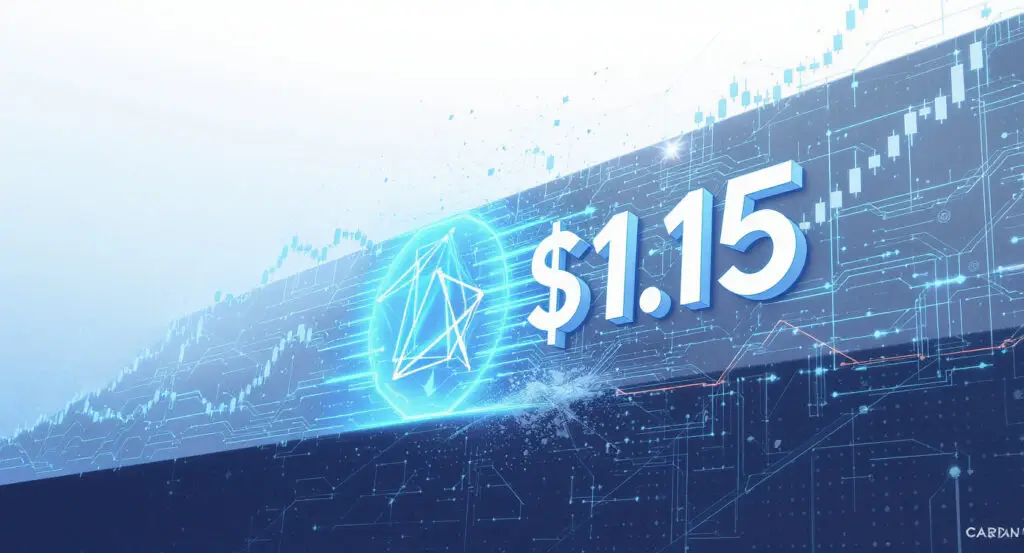Amazon’s Peek into the Future of Human Jobs in a Bot-Powered World
As artificial intelligence (AI) continues to reshape industries, a central question remains: What role will human workers play in a world increasingly dominated by bots? The tech industry’s perspectives seem split. On one hand, some envision a future where robots take over virtually all jobs, leaving humans to find niches in highly specialized fields. On the other hand, there’s the hope that bots will handle menial, dangerous tasks, creating opportunities for humans to step into entirely new roles.
Amazon is offering a glimpse into this potential future, announcing progress toward integrating robots into its warehouses. Specifically, Amazon introduced its Vulcan robot, which it claims will “feel” and assist humans by taking on some of the most physically demanding aspects of warehouse work, such as retrieving items from high or low shelves. The move could have broader implications for the future of work as humans adapt to a bot-filled landscape.
The Role of Robots: Improving Safety and Creating New Jobs
CEO Andy Jassy’s recent post on social media highlighted how Vulcan will play a crucial role in improving warehouse safety by handling ergonomically challenging tasks. With Vulcan’s assistance, workers will no longer need to climb ladders or perform repetitive bending, reducing the physical strain often associated with manual labor.
At the same time, the robot will help alleviate some of the pressure on human workers by handling the most difficult aspects of order fulfillment. But Amazon doesn’t see this as a replacement for people. Instead, the company frames the introduction of Vulcan as an opportunity for workers to gain new skills, particularly in robotics maintenance.
“These robots — which play a role in completing 75% of customer orders — have created hundreds of new categories of jobs at Amazon, from robotic floor monitors to onsite reliability maintenance engineers,” the company’s blog post explains. To support this shift, Amazon has rolled out retraining programs to help warehouse workers transition into these new tech-centric roles.
This announcement is significant because it provides a glimpse of how workers in a bot-powered world might find new career paths, particularly in fields that require oversight and maintenance of automated systems. While this could offer new opportunities, it’s also clear that not every worker will be able or willing to transition into these tech-heavy roles.
The Uncertain Path for Unskilled Workers
One critical question remains: What happens to those who aren’t suited for careers in robotics? While the new roles Amazon is offering may be appealing to some, they require a skill set that many warehouse workers may not have or want to develop. For those without the resources or inclination to study machine learning or robotics, it’s unclear what the future holds.
In its announcement, Amazon focused on a relatively small number of employees who will retrain as robotic technicians. However, it’s unlikely that the entire warehouse workforce will be seamlessly transitioned into these roles. As Amazon adopts more robots, fewer humans will be required to fulfill orders, and automation experts will be needed only in limited numbers.
Moreover, the broader tech industry remains vague on the exact role humans will play once bots take over all “routine” jobs. Some even speculate that the future could be bleak for many workers, with a shift toward government-provided welfare as AI-driven automation leaves fewer traditional jobs.
Automation Monitors: A New Kind of Job?
As automation expands, we could see the emergence of entirely new job categories. Instead of traditional roles like grocery clerks or fast-food cooks, workers might take on positions as “automation monitors.” Much like how a single employee oversees multiple self-checkout lanes in a supermarket today, automation monitors might manage the robots operating in retail, restaurants, or other industries.
This shift could represent a more viable and widespread vision of the future, where robots perform many tasks, but humans still play a critical role in managing and overseeing the technology. Much like computer literacy has become essential in the modern workforce, operating robots could become a fundamental skill for job seekers.
Will Bots Take Over Everything?
While Amazon’s vision of the future might point to widespread automation, there’s still uncertainty about how far this trend will spread. Robots and AI may continue to be adopted by major players like Amazon, but it’s unclear whether smaller companies or industries with tight budgets will follow suit. In industries such as retail, food service, and transportation, human labor might continue to be necessary for decades, even as automation improves.
Take, for example, Amazon’s previous attempt to introduce its “just-walk-out” technology, which automates grocery shopping. Despite Amazon’s push, many retailers showed little interest in adopting the technology, and even Amazon scaled back its efforts after revelations that workers in India were used to label videos for the system. The technology is hardly seen in the retail landscape today, suggesting that widespread automation may not be as imminent as some predict.
A Balancing Act
Amazon’s introduction of the Vulcan robot offers a snapshot of a future where humans and robots collaborate in the workplace. While this could lead to new opportunities for workers in robotics maintenance and automation oversight, it raises significant questions about the future of jobs for those who don’t have the skills or desire to work in tech-heavy fields. As we look ahead, it’s clear that the rise of AI will require a delicate balancing act, one that ensures no worker is left behind in an increasingly automated world.














